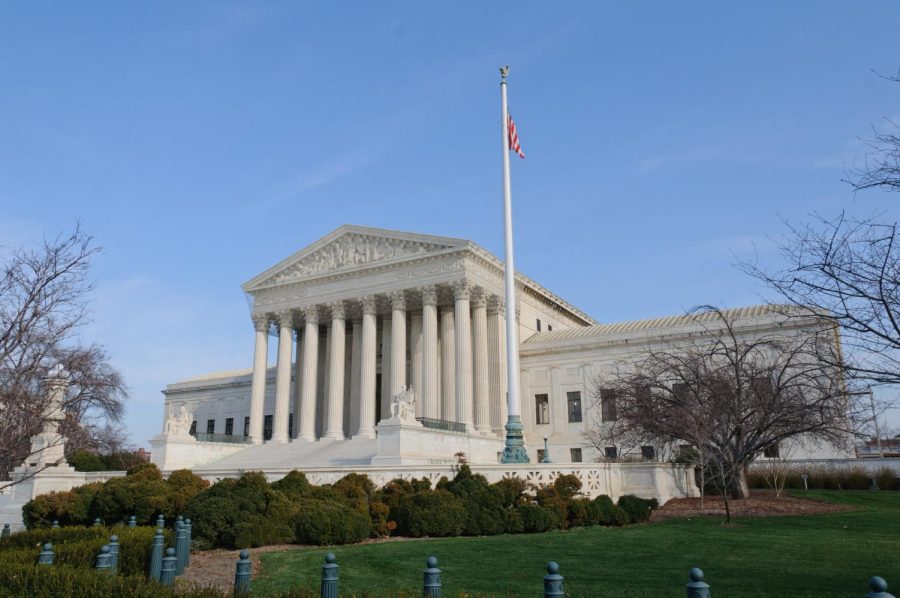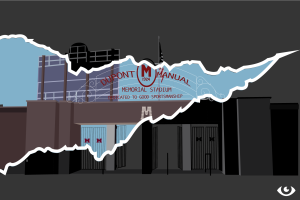Abortion: Then and Now
The U.S. Supreme Court decided Roe v. Wade a few decades ago, but as abortion comes up again, the future of women’s reproductive rights lies in the hands of the new court.
January 23, 2020
On March 4, the Supreme Court will begin hearing oral arguments for June Medical Services v. Gee, a case regarding a Louisiana law attempting to restrict women’s access to centers providing abortions.
The law in question requires the doctor performing the procedure to have admitting privileges to a nearby hospital and is nearly identical to a law from Texas the Supreme Court struck down in 2016.
In Whole Woman’s Health v. Hellerstedt, the court ruled that the Texas law placed “a substantial burden” on women seeking abortions and wasn’t necessary to protect women’s health. It was a 5-3 decision in favor of Whole Woman’s Health where Associative Justice Anthony Kennedy, who retired in 2018, cast the deciding vote.
Since 2016, President Trump has appointed Justices Neil Gorsuch and Brett Kavanaugh, conservative justices likely to rule in favor of Louisiana.
The 5th Circuit Court of Appeals has already ruled in favor of Louisiana, arguing the law does not cause an “undue burden” for women seeking abortions because “no clinics will likely be forced to close on account of the Act.” This decision from the Court of Appeals directly contradicts the Supreme Court’s previous ruling.
In addition to the 5th circuit, 200 members of Congress signed a brief urging the court to rule in favor of Louisiana. Here is a timeline explaining the history of abortion rights in America.
(Please allow up to 10 seconds for the timeline to load)
“The Supreme Court” by Richard Gillin licensed under Creative Commons Attribution-ShareAlike 2.0 Generic (CC BY-SA 2.0). No changes were made to the image. Use of this photo does not indicate photographer endorsement of this article.









